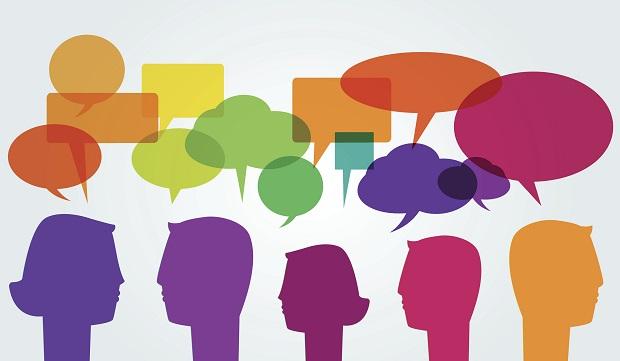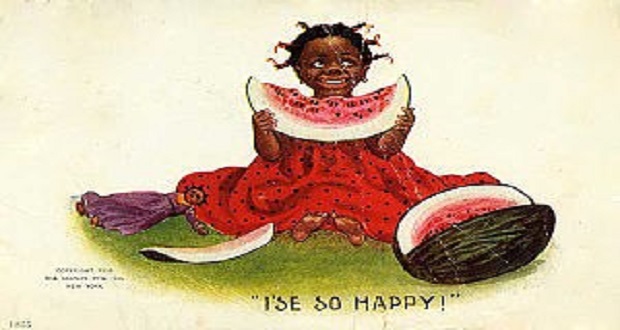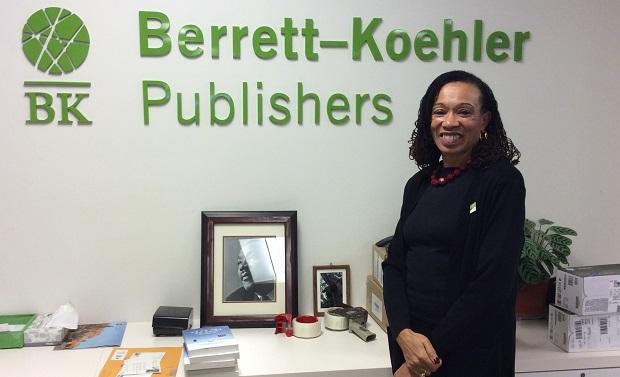
Much of our early years are spent being socialized into society. It’s where we adopt our culture and language, and it’s also where we come to understand how the world perceives us. Most of what we deem as acceptable is shaped by our community and experiences. While we are each uniquely crafted by our identities, so much of who we are comes from our cycle of socialization.
Socialization is the process in which people integrate into previously existing communities through behaviors, actions, and feelings. The cycle of socialization begins at birth and continues throughout life. The way we process simplicities like right from wrong and happy from sad is forged by our socialization and internalized messaging.
Many of us are encouraged to follow our parents’ paths and aim for goals that are stable and reliable. However, the practical dreams our parents pursued are not producing similar outcomes. Forty years ago, college students could work a summer job and use their savings to pay off a semester of tuition. Students could secure a job post-graduation that provided a livable wage for a single-income household. Yet, this workforce and economy, which was a proclaimed success, enforced exclusive practices that restricted equal opportunities for historically marginalized communities. While restrictive patterns remain prevalent in society, younger generations have made it clear that they intend to build a society that centers on equity.
Who are Millennials and Generation Z?
There is a lot that can be said about the younger generations in the United States. Presently, Millennials and Generation Z (Gen Z) make up most of the workforce in the U.S. The Millennial generation refers to individuals born between 1981 and 1996, accounting for ages 27 to 42. This generation experienced climactic events that framed their understanding of the world like the 9-11 terrorist attacks and the Great Recession. Generation Z groups together those born between 1997 and 2012, today characterizing ages 11 to 26. This generation is still quite young, but in a short period their world perspective has been shaped significantly by an influx of diversity and technology, as well as the worldwide disruption of the COVID-19 pandemic.
Thus far, Millennials and Gen Z have made substantial contributions to society. As expected, the young people of today are professionals across industries, including areas like medicine, law, and business. Millennials have been active in politics and legislation for about a decade, and in the 2022 election a member of Gen Z became the first of his generation to be elected to congress. Uniformly, Gen Z is leading the charge in social change. With technology, media, and diversity representation on the rise, Gen Z was raised in a pivotal time in America. With the world at its feet, Gen Z is taking advantage of its resources and using them to drive systemic change. Across the country, Gen Z has placed stigmatized social issues like racial equity, access to health care, and mass incarceration at the forefront of conversations. Social challenges have influenced every generation and community, but discriminatory systemic policies determine the impact they will leave.
Observe, Understand, Choose
Much of the work Gen Z is doing to create social change disrupts cultural and systemic narratives by implementing boundaries. This approach is different from what we have seen in the past. Setting boundaries is not a new concept, but enforcing and respecting boundaries during one’s youth is reasonably modern. Gen Z has developed a reputation for setting boundaries and recognizing the power behind the word “no.”
Gen Z, particularly those from historically marginalized communities, have watched their loved ones work day in and day out only for companies to undervalue their employees. The American Dream has led many to believe that anyone regardless of their identities can attain a successful life, but today people are working more hours for fewer benefits than older generations. This “dream” was built in the image of middle-class white men and was supported by the assumption that their partners maintained all responsibilities in the home. This narrative didn’t account for single women or BIPOC families with multigenerational homes, nor did it account for the policies and legislation that oppressed employees with marginalized identities in the workplace.
Americans have been socialized to value the themes of neutrality, impartiality, and equality, yet these values are often weaponized to whitewash centuries of racism, discrimination, and injustice. Gen Z has observed how such practices have impacted the quality of life in their communities and are implementing equitable boundaries that make stability achievable. This generation has created pathways to stability and accessibility by centering diversity, equity, and inclusion.
Gaining Perspective
While boundaries demarcate area limits, they also show where one thing ends and another begins. Boundaries are used to create healthy relationships in personal and professional environments. As the most diverse generation, Gen Z has had to adopt methods to effectively engage with their peers of various intersecting identities. Generationally, it can be difficult to hold space for beliefs and behaviors that vary from your own. What I comprehend as socially acceptable varies from that of my parents and my grandparents. Yet, amongst our differences is a common ground of respect and acceptance for others. Diversity, equity, and inclusion principles acknowledge the challenges of the past and present, while holding space for necessary changes.
As a member of Gen Z, I’ve observed that as much as adults and elders value youth, they are quick to dismiss young people. Whether it is their children, students, or mentees, it is difficult to internalize that the route they took may not be the only way to progress. As young as we are, Generation Z is frequently overlooked as unknowing and inexperienced, yet in a short time we have witnessed as much beauty as we have duress. Still, in this world, where there is much that we cannot control, we are choosing to center ourselves and our communities—and thus equity.


















